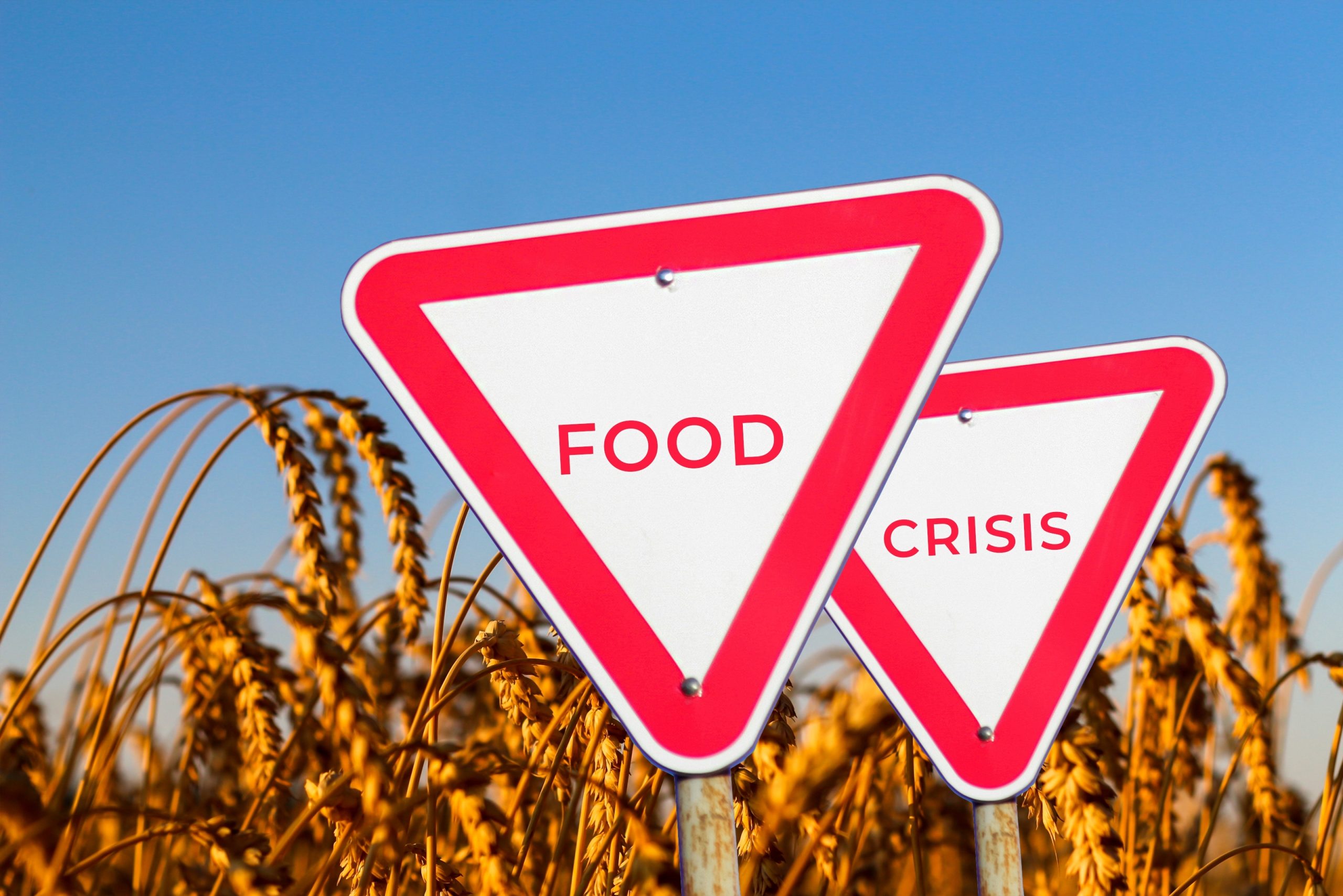Food deserts were historically associated with urban, low-income neighborhoods lacking supermarkets. However, this crisis is now quietly spreading to many middle-class suburban and small-town communities. These areas once held adequate grocery options and reliable vehicle ownership. A complex shift in retail strategy and land use has eroded access to fresh, affordable foods. This creates new pockets of nutritional risk in areas that traditionally felt secure.

Image source: shutterstock.com
The Crisis of Consolidation
Major national grocery chains prefer building fewer, much larger superstores in centralized locations. These massive stores require extensive land for the buildings and parking lots. This business model forces the closure of older, smaller, and less profitable stores in established neighborhoods. When the old supermarket closes, the massive chain often avoids building a replacement nearby.
The Rise of Food Swamps
The void left by the departing supermarket is frequently filled by convenience stores and fast-food vendors. These areas then become “food swamps.” Food swamps are geographic areas oversaturated with high-calorie, low-nutrition processed food sources. Even when a grocery store is nearby, the sheer volume of unhealthy options makes nutritious eating difficult.
The Dollar Store Dilemma
Discount retailers often expand quickly into these affordable or struggling suburban pockets. These stores provide a valuable source for household goods and packaged staples. However, discount chains rarely stock a wide selection of fresh produce, quality meats, or whole foods. This dynamic pushes low-income shoppers toward less nutritious, shelf-stable options.
Economic Segregation by Price
New grocery store development often targets affluent, high-density areas. Developers prioritize land near wealthier populations for new, high-end stores. This leaves middle-class areas with aging infrastructure and limited retail interest. The market logic dictates that higher-income zones offer better guaranteed sales volume.
Transportation Barriers
Suburban life relies heavily on personal vehicle ownership for access to services. However, not all residents have reliable vehicles. This includes non-driving seniors and low-income workers. When the nearest supermarket is five miles away, a lack of reliable transportation creates an immediate barrier. This barrier restricts access to healthy food choices.
The Food Mirage Effect
In some suburban areas, large, high-end grocery stores may exist nearby. These stores, however, stock mostly expensive, specialized, or organic products. This situation is called a “food mirage.” The food is technically accessible, but is prohibitively expensive for a family living paycheck to paycheck. The presence of food does not equal affordability.
The Decline of the Anchor Store
The traditional neighborhood supermarket served as a community anchor and a reliable source of employment. Its closure removes a stabilizing force in the local economy. This loss creates ripple effects of disinvestment. Other small businesses often struggle when the main source of foot traffic disappears.
Zoning Laws and Auto-Centric Retail
Land-use policies and zoning laws often favor auto-centric retail development. This requires massive parking lots and easy highway access. This planning favors large retailers but discourages walkability and density. The landscape itself reinforces the difficulty of accessing food without a personal car.
Addressing the Suburban Nutrition Gap
Policy attention is now required to address this shifting landscape. Incentives are needed to encourage fresh food retailers to open stores in underserved areas. Improving public transportation links to existing grocery stores is also crucial. Community-supported agriculture and mobile markets offer valuable alternative solutions.
